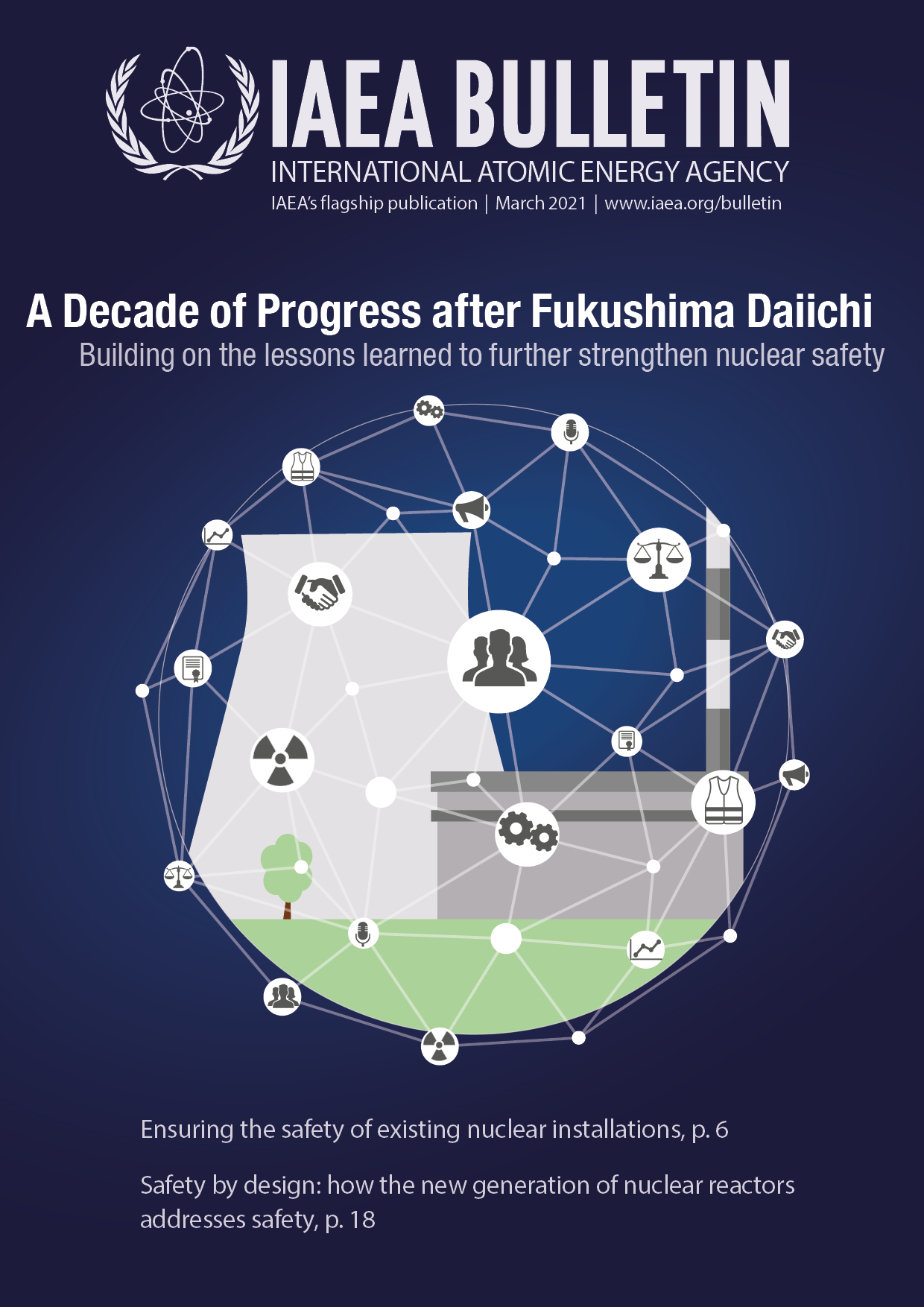Any situation involving radioactive materials leads to widespread fear, often because, for many, the concept of radiation is unfamiliar and hard to understand. To respond effectively in these situations, communicators must focus on answering a key question raised by those affected: am I safe?
The Fukushima Daiichi nuclear accident made it clear that, to answer this question and reduce public anxiety, communicators need to provide the public with data in a clear format.
“People wanted data. They wanted numbers,” Wieder said. “During the Fukushima Daiichi accident, we learned the importance of getting out timely information. When that didn’t happen, we saw how quickly we lost trust and how hard it was to regain it.”
Before the Fukushima Daiichi accident, only a handful of people had access to EPA’s radiation data, which was password-protected. However, within the first two weeks of the accident, EPA removed the password protection measures and made the data available on its public website, where they have been ever since.
Within 24 hours of the accident, the Tokyo Electric Power Company (TEPCO) — the Japanese company operating the plant in Fukushima — was already providing preliminary radiation monitoring data and real-time updates on conditions at the reactor. It became a challenge, however, for citizens and the media to understand what this information actually meant.
Facts alone do not overcome strong emotions, Wieder added. “We cannot just give the public data; we have to give them data along with explanations, so that they can understand what these data mean in terms of their health.”
Since the accident, the IAEA has supported the Fukushima Prefecture in many areas by providing technical expertise and helping disseminate information to the public. It has helped produce relevant public information materials, including flyers and a website, that show the results of radiation monitoring and decontamination efforts. “Using pictures, infographics, clear explanations and language free of scientific jargon is key to achieving public understanding of the data and addressing perceived risks,” said Miklos Gaspar of the IAEA’s Office of Public Information and Communication and technical officer who oversees the information dissemination support to the Fukushima Prefecture.

